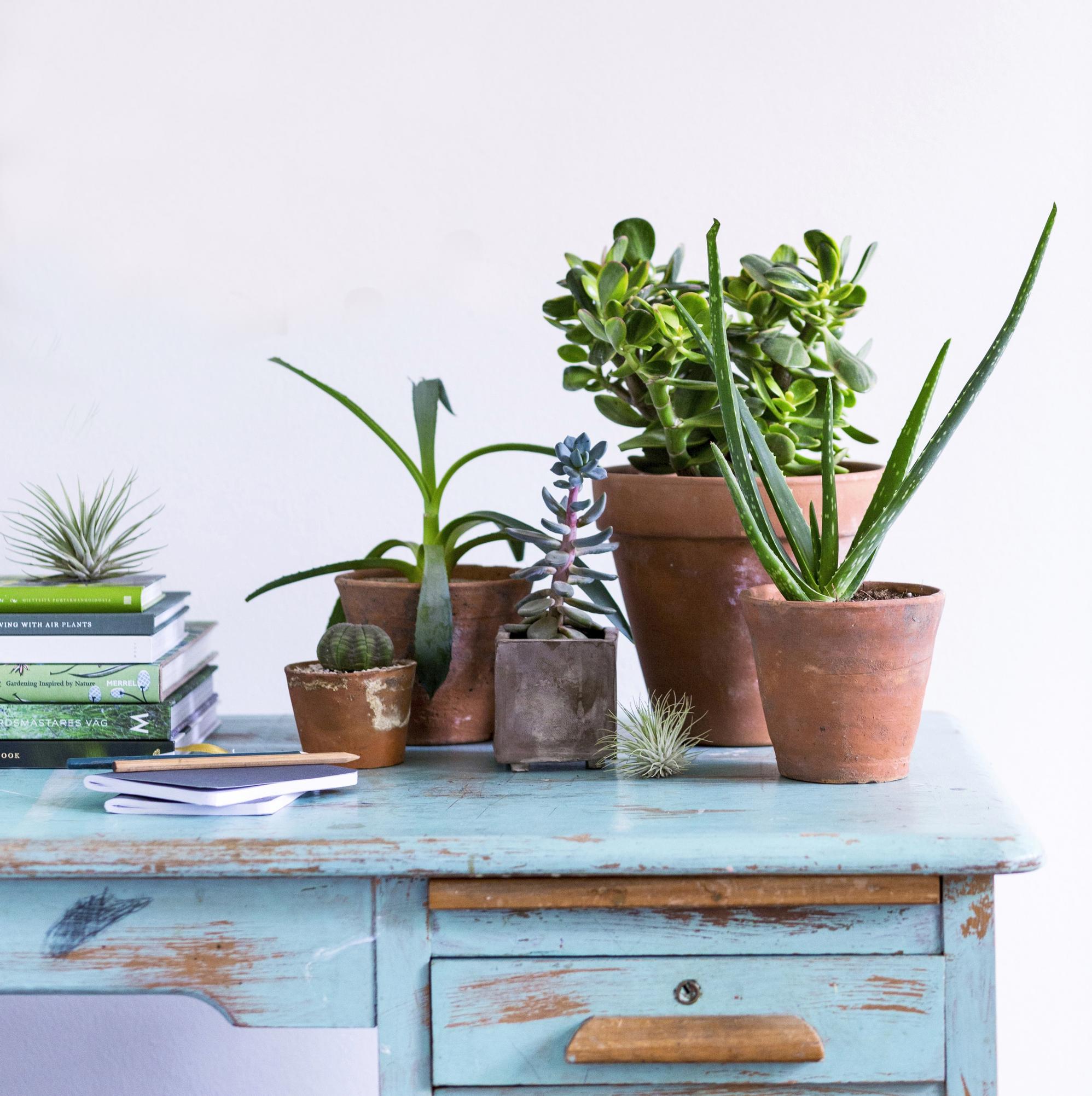
Houseplants wilting and rotting again? Try these 8 low-maintenance plants that even a brown thumb can handle
If your lovely plants tend to wilt prematurely, don’t lose hope. Check out these low-maintenance houseplants that even a brown thumb can handle—they’re not so easy to kill!
Jade plant
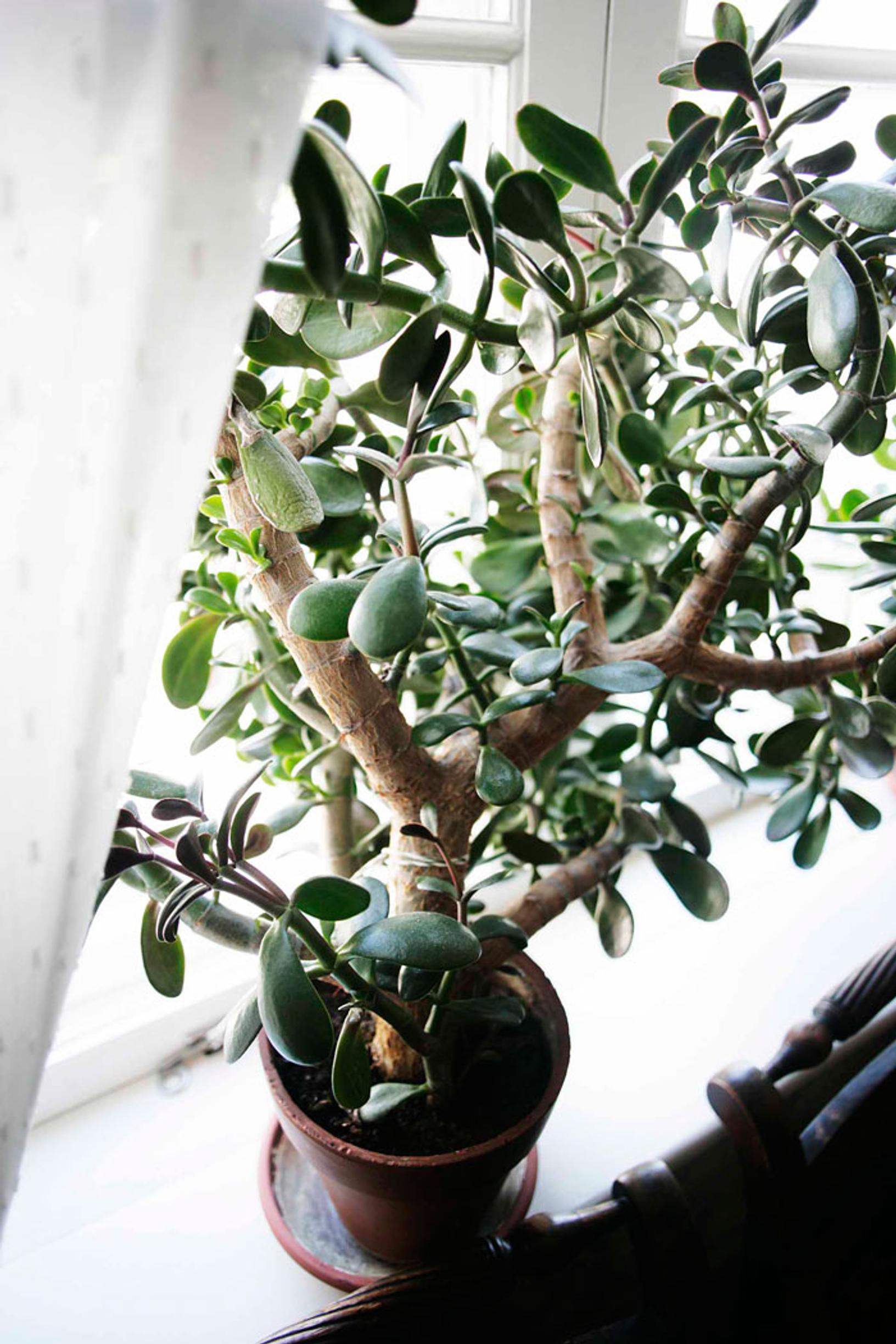
The jade plant loves it when you put it in the brightest possible spot in your home. If you place it far from radiators in a cooler space, you might not need to water it at all in winter. The jade plant also does well in dry indoor air and doesn’t mind heat either.
Plants near radiators need only a small amount of water a few times during winter. From spring to fall, water them thoroughly, then let the soil dry completely before watering again.
Older jade plants especially can become distressed if moved into a bigger pot. So, plant your jade plant in cactus or succulent soil and keep it in the same container until it obviously needs more room.
Read more about jade plant care here!
Snake plant
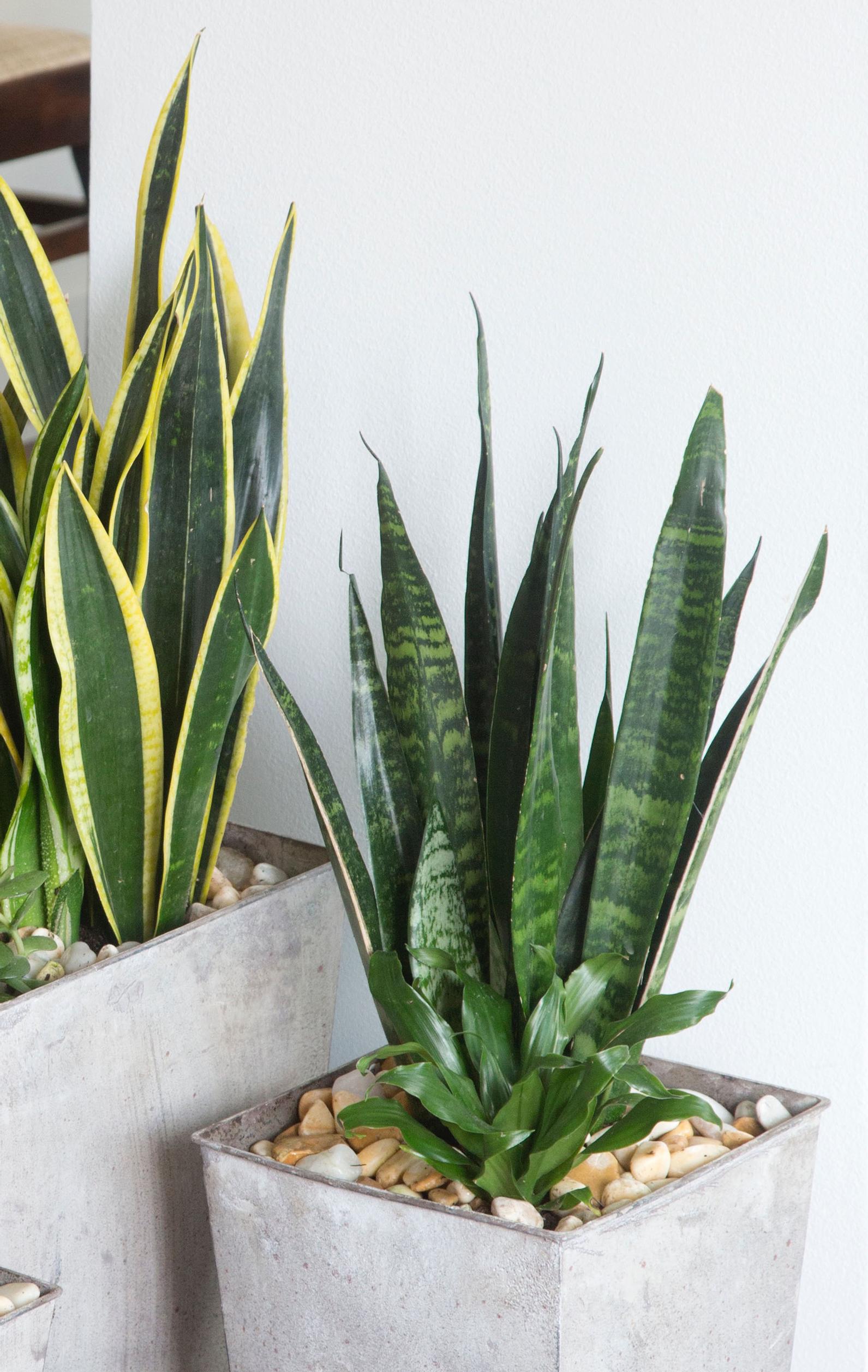
The snake plant is one of the easiest houseplants to care for. It tolerates a variety of conditions and requires minimal attention. Overwatering is the only sure way to kill it. From spring to fall, water it moderately about every two weeks so the soil remains slightly moist. Reduce watering during dormancy and let the soil dry somewhat between waterings.
The snake plant thrives in sunshine, shade, dry indoor air, and even in a slightly cramped container. It won’t sulk about you skipping watering now and then.
If needed, move your snake plant into a slightly bigger pot every second or third spring, and use cactus or succulent soil. The snake plant is toxic, but ingesting a small amount usually won’t cause issues.
Read more about snake plant care here!
Air plants
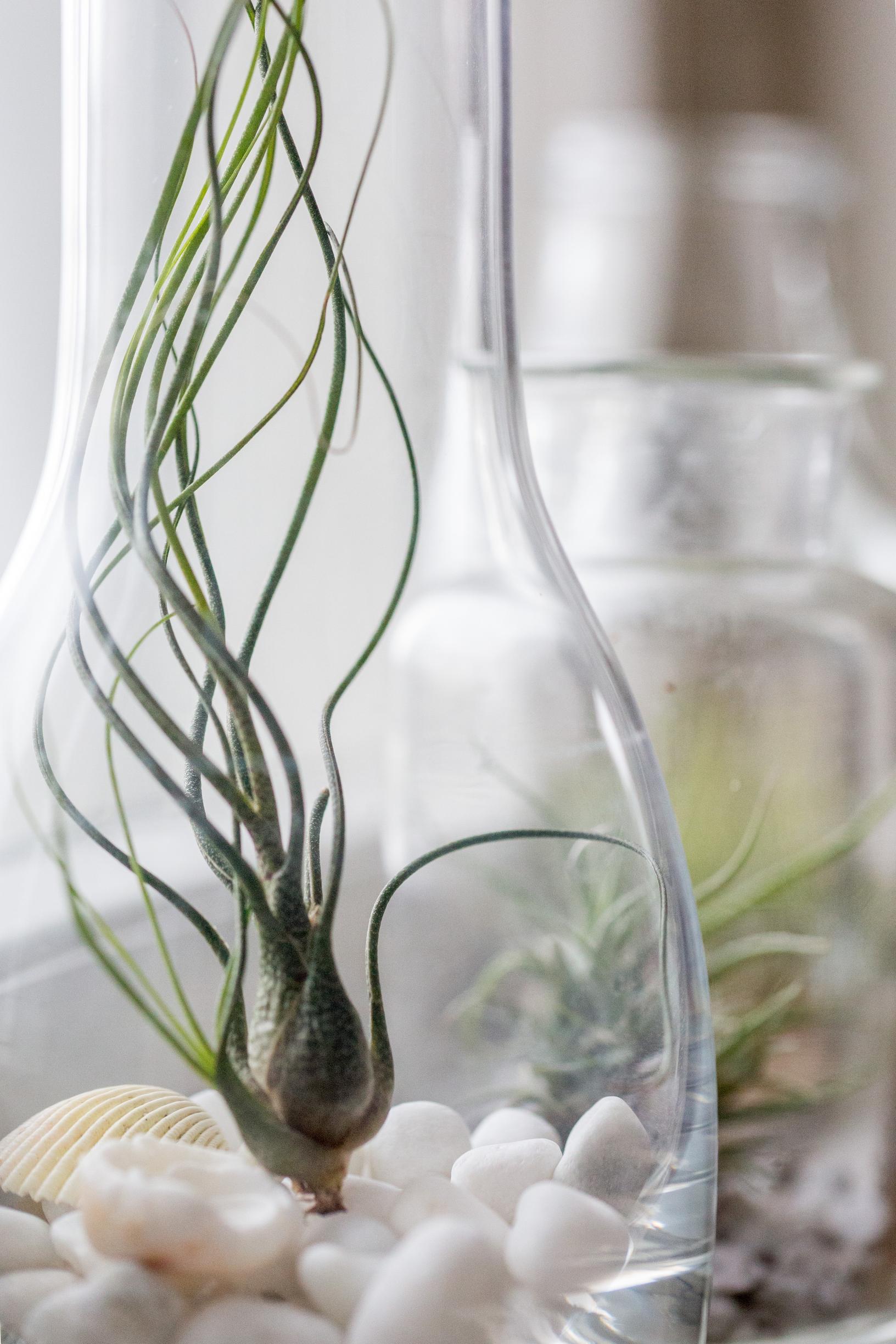
Air plants are an excellent option for allergy sufferers. They manage without soil by drawing the moisture they need through their leaves. They also make use of the humidity they release inside their glass container.
Place air plants in a bright spot. Misting or soaking them every couple of weeks is enough. You can give them a boost by occasionally adding some air plant fertilizer or diluted flower fertilizer to the water during soaking.
Read more about air plants and their care here!
Spider plant
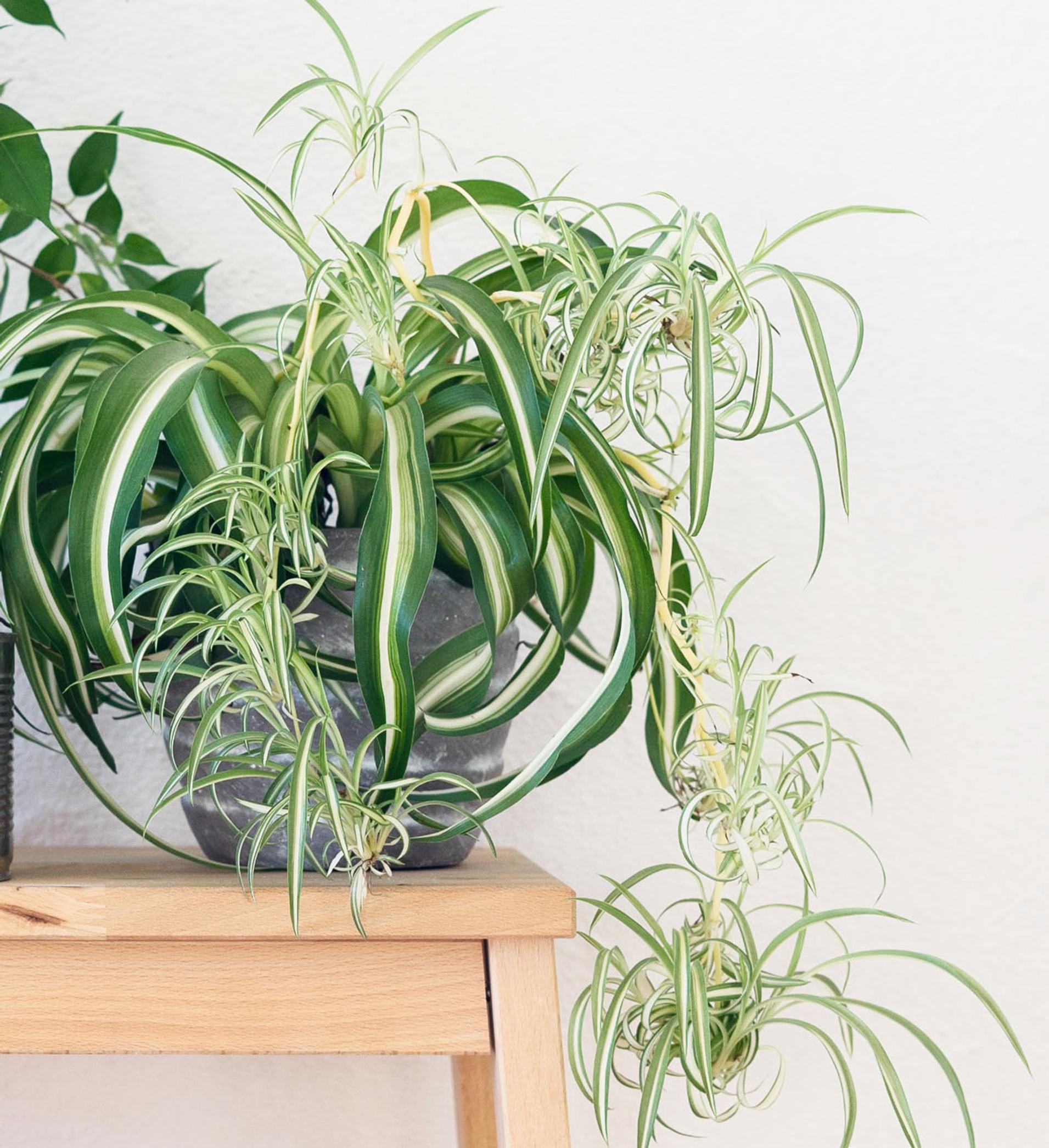
The spider plant grows quickly into a lush beauty, so place it in a fairly large container. Its roots will fill the pot rapidly, so switch to a bigger one if the leaf tips start browning.
Fertilized houseplant or potting soil works well for planting. Put the pot in partial shade, as direct sunlight can yellow the leaves; on the other hand, deep shade will make the plant spindly.
This low-maintenance houseplant does well in normal room temperature. Water it thoroughly and let the topsoil dry between waterings.
You can put fertilizer sticks or bone meal into the pot for long-lasting nutrients. If you use liquid fertilizer, give it from spring to fall at every watering—but keep in mind that frequent feeding will speed up the plant’s growth.
Read more about spider plant care here!
Heartleaf philodendron
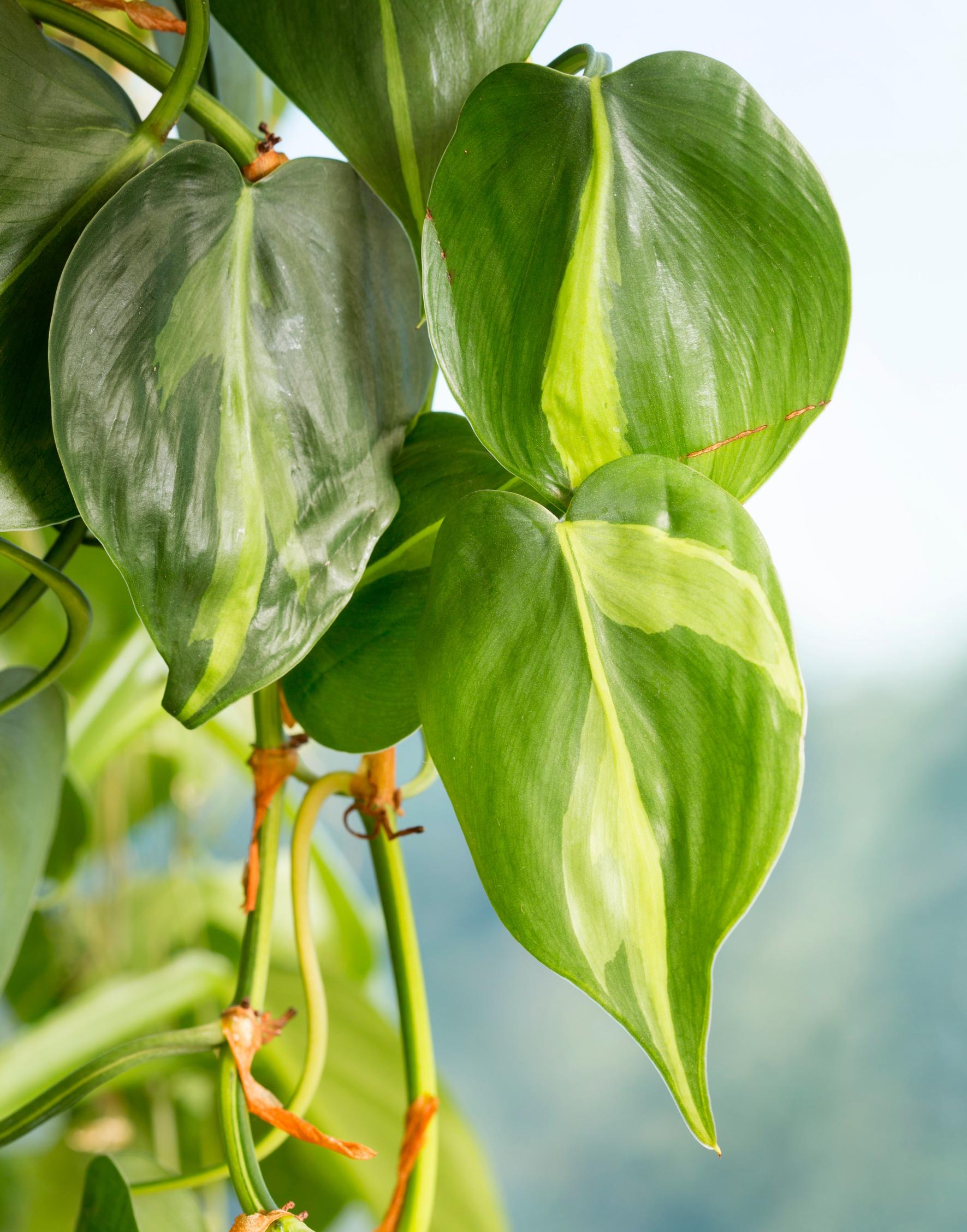
The heartleaf philodendron is a lovely, sturdy, and low-maintenance houseplant. It’s a great choice if you tend to water your plants frequently, as it likes evenly moist soil. In winter, you can of course water it less and let the soil dry slightly between waterings.
If your heartleaf philodendron is young, change its soil each spring using houseplant soil. Older plants only need a soil change every second or third year. This plant does best in a bright or partially shaded spot, but not in direct sunlight.
Peace lily
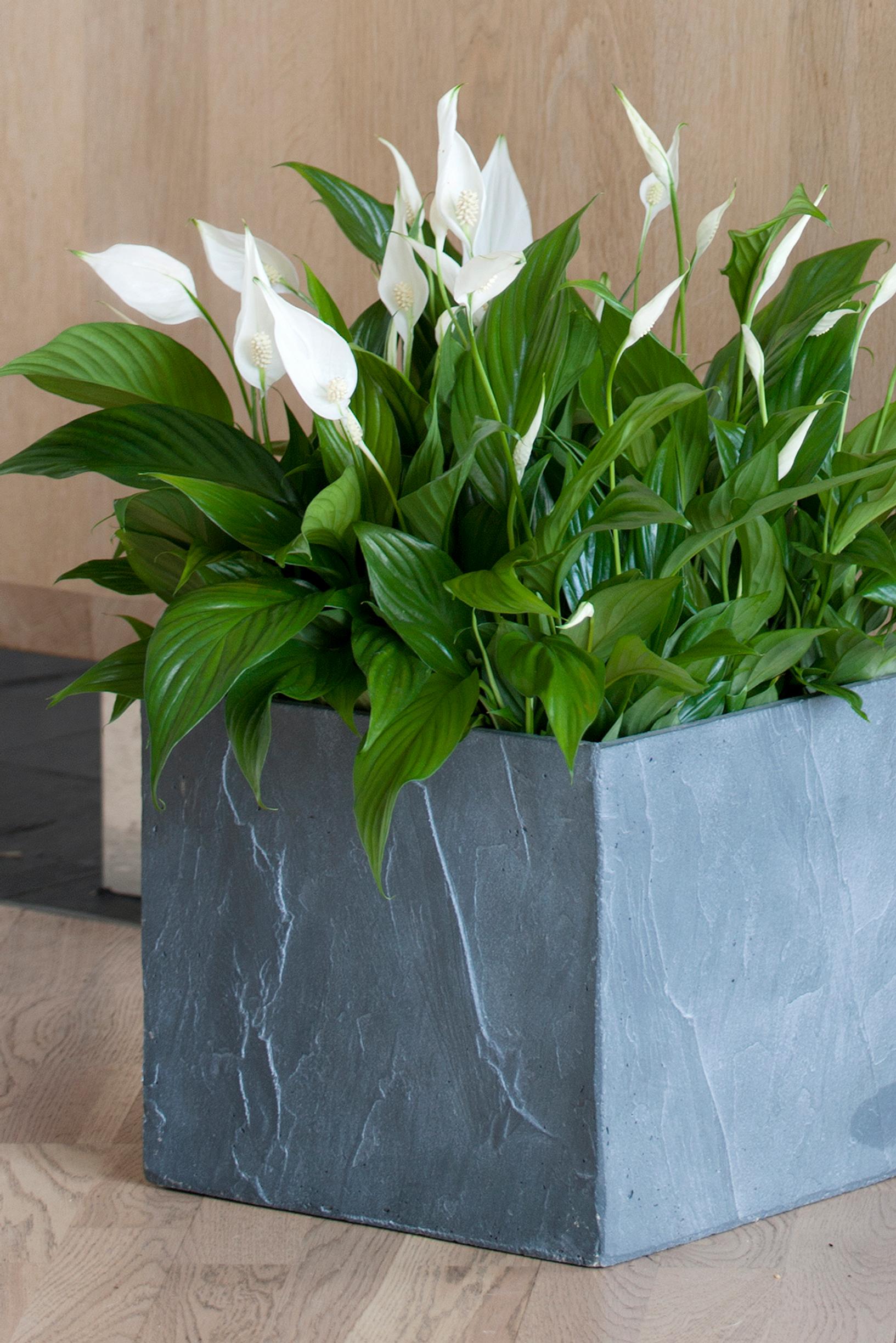
It’s nearly impossible to overwater the peace lily. It’s also a good choice for allergy-prone homes because it can grow in water without soil. If you do this, change the water every two weeks. For a potted peace lily, water it thoroughly and consistently with lukewarm water year-round. You can let the soil dry slightly between waterings, but if it dries out too much, the leaf tips will brown.
Some have had peace lilies flourish in the same soil for decades. If you do decide to repot, use houseplant soil in a larger container.
Peace lilies dislike direct sunlight and drafts. Put it in a shadier spot, such as a north-, east-, or west-facing window. The plant enjoys light misting. In spring, peace lilies produce delicate white flowers, and if they’re happy, they may surprise you with blooms at any time of the year.
Read more about planting and caring for peace lilies here!
Aloe
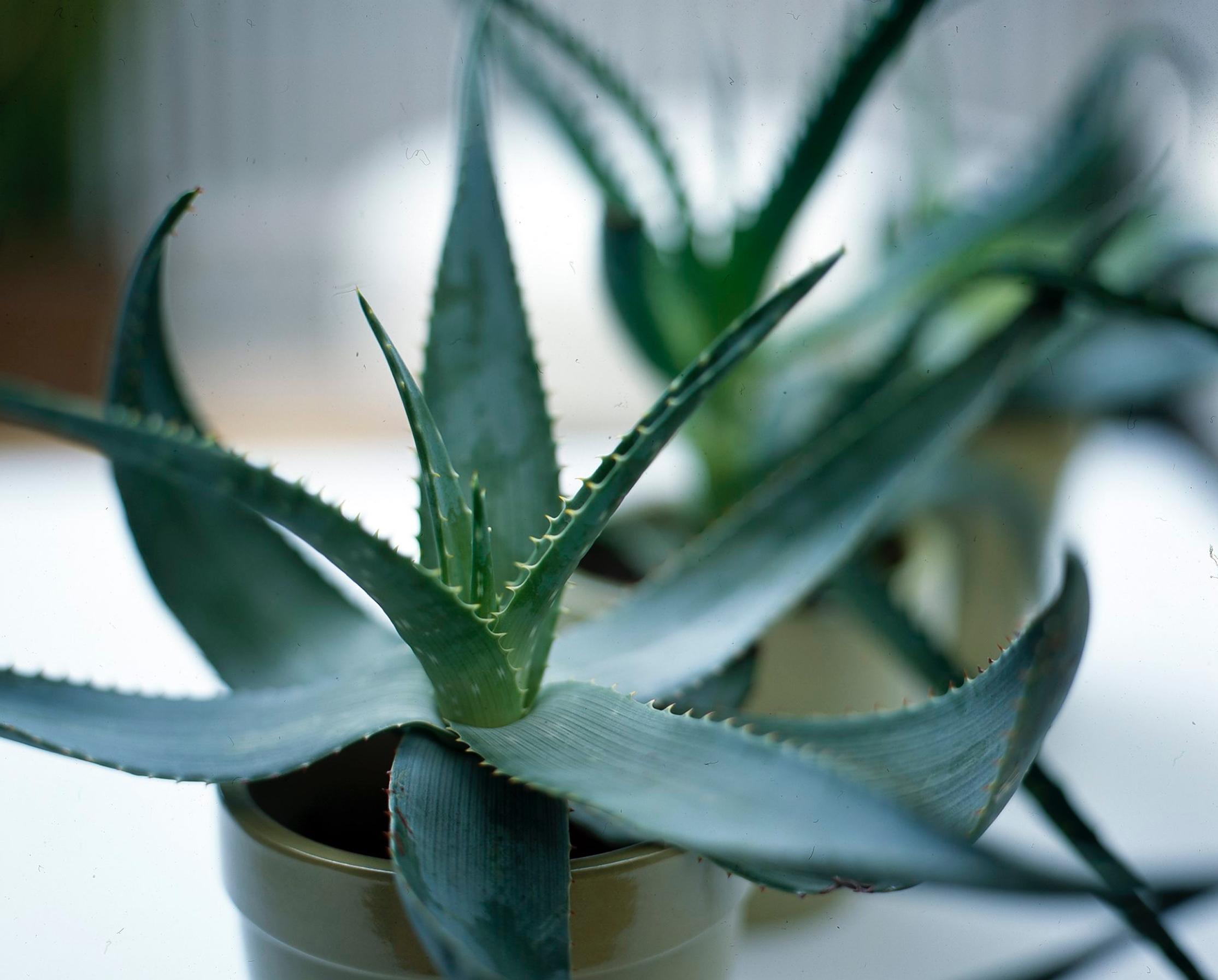
The aloe tolerates drought well and thrives all year in a bright spot at normal room temperature. Water it every one or two weeks from spring to fall, and only once a month in winter.
For younger plants, change the soil and move them to a bigger pot each spring; older ones only need repotting when the container becomes too small. A clay pot with cactus and succulent soil or potting soil mixed with some gravel is ideal. Start by covering the bottom of the pot with a thin layer of expanded clay. Aloe is toxic, but eating a small amount typically won’t cause any problems.
Read more about succulent care here!
ZZ plant
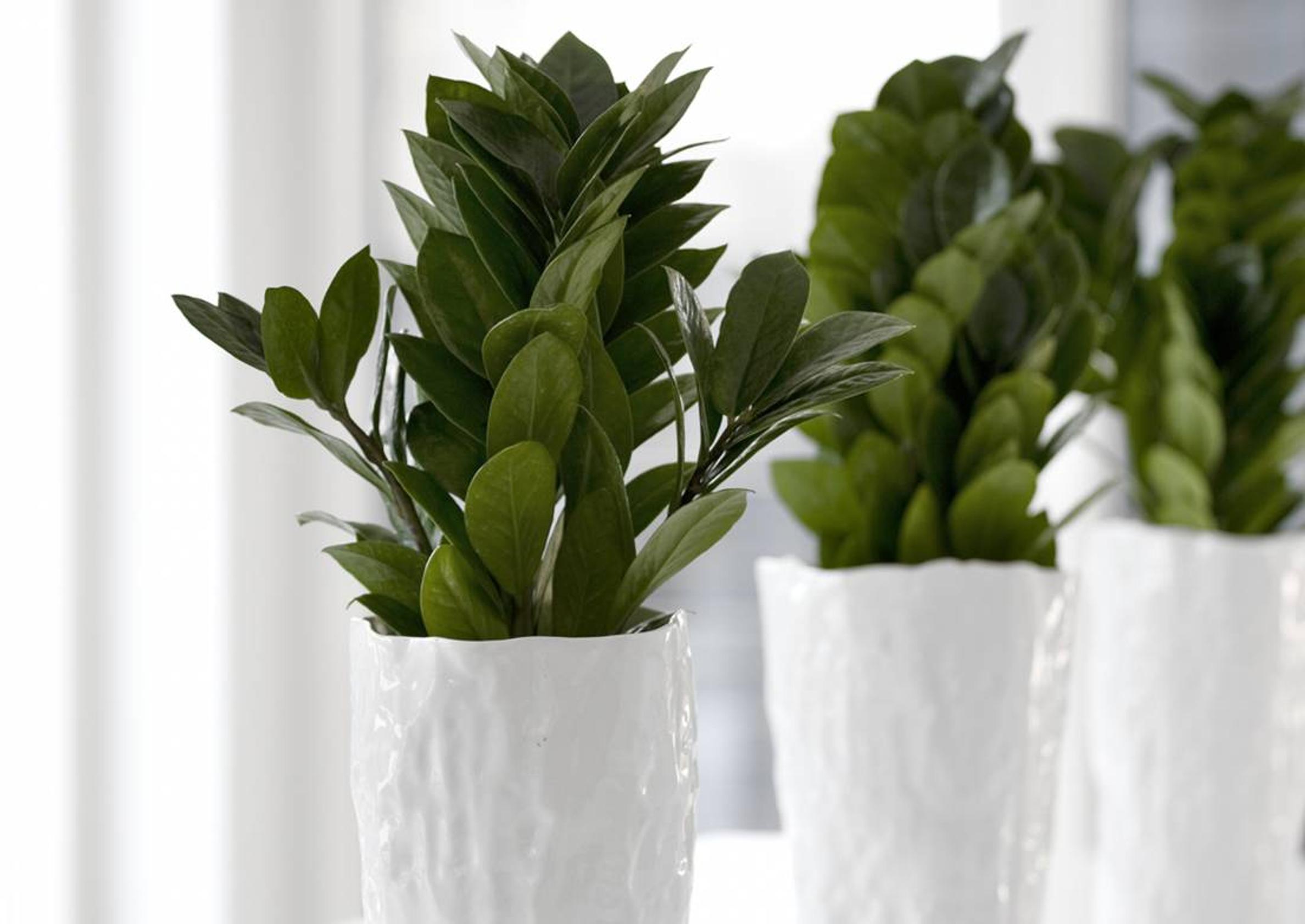
The most important care tip for the ZZ plant, or Zamioculcas, is: water sparingly! It can handle near darkness but also thrives on a windowsill. Repot your ZZ plant every two or three years when its pot becomes too tight. Use houseplant soil for repotting. You can remove dead leaves even right at the base.
The darker the corner, the less water your ZZ plant needs. Give it a thorough watering, then wait until the soil is completely dry before watering again. Thanks to its rhizome, it can endure long periods without water. In winter, reduce watering further, especially if the plant in a shady spot.
Though it’s generally easy to care for, the ZZ plant can be tricky because it displays both overwatering and underwatering by yellowing leaves. Also note that it’s mildly toxic and may irritate your skin.


